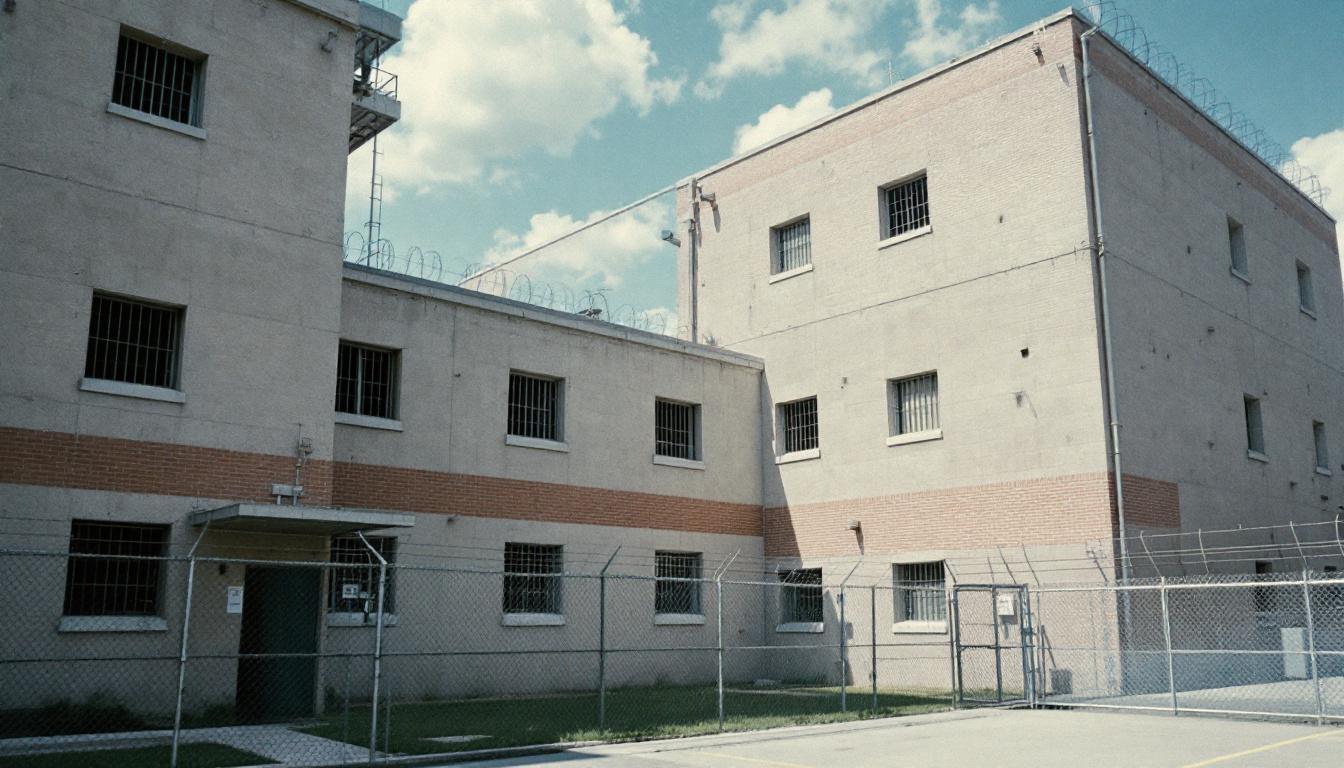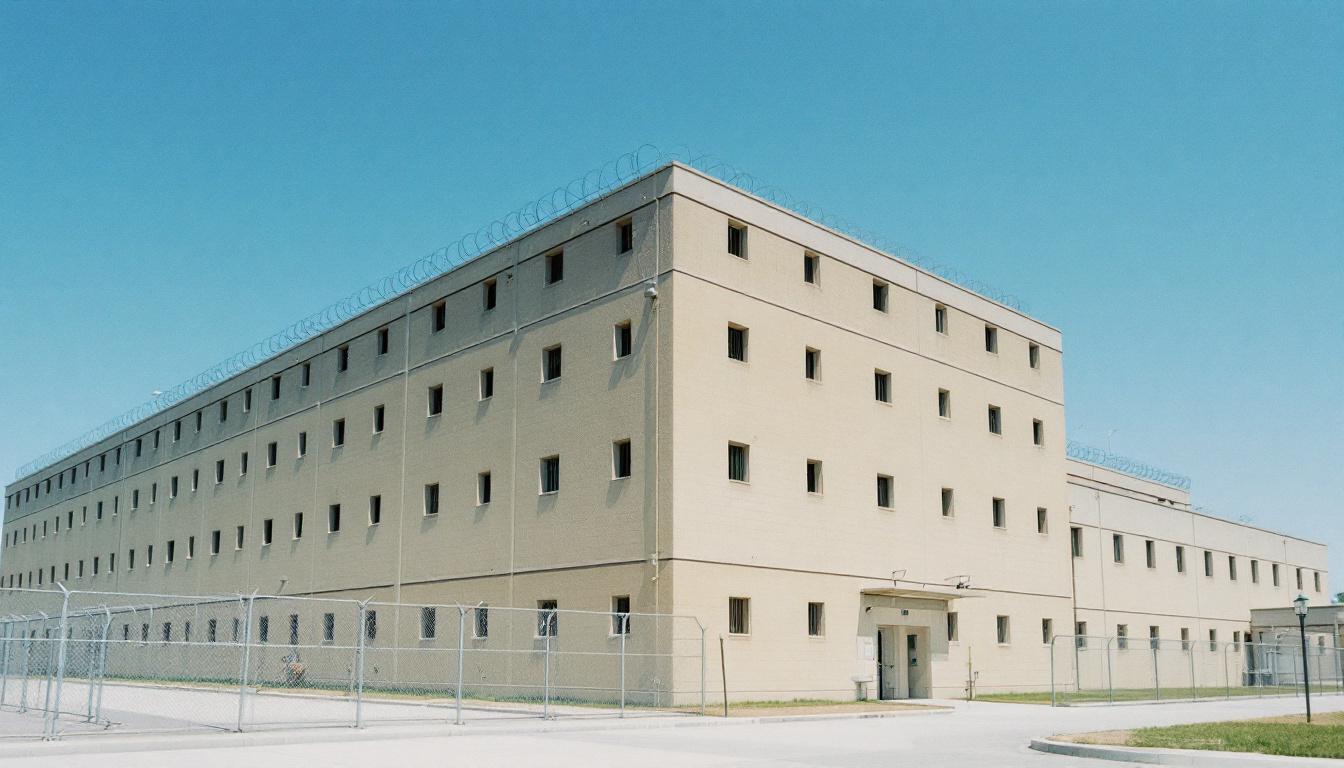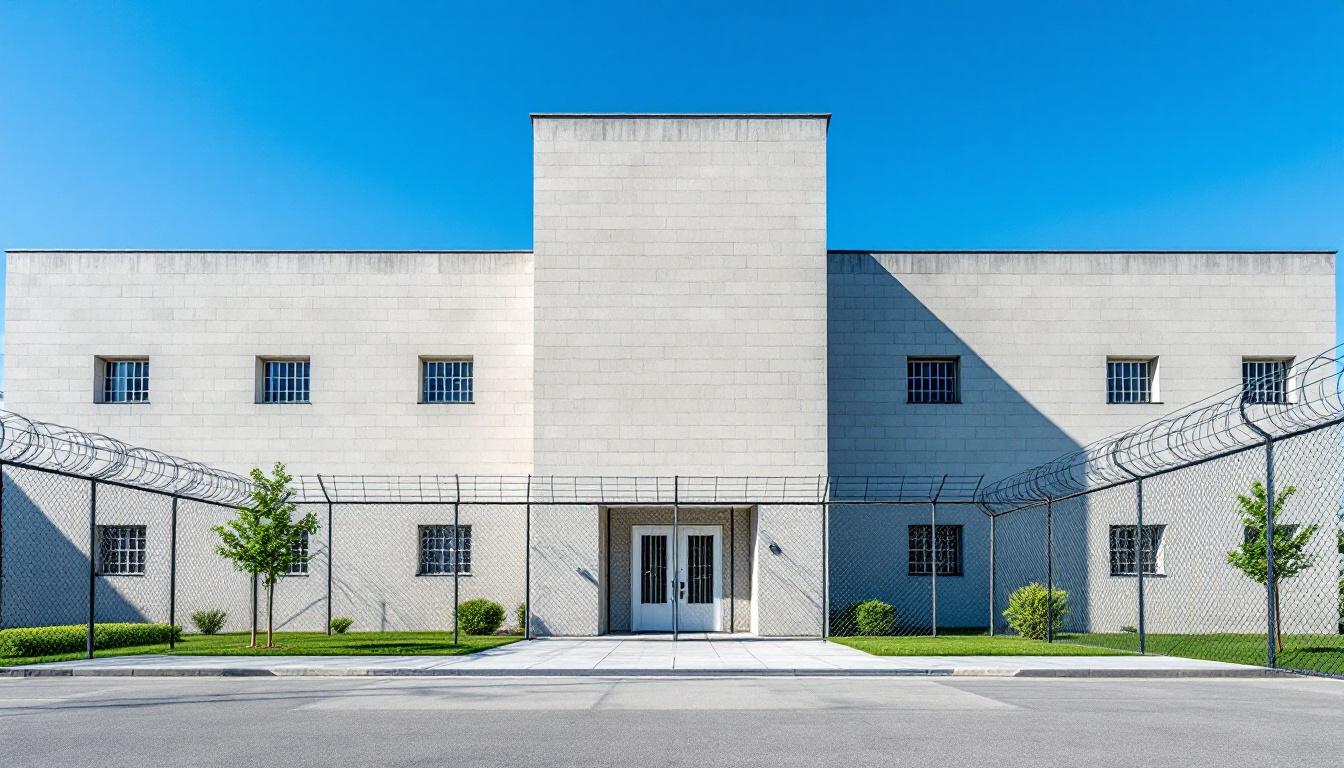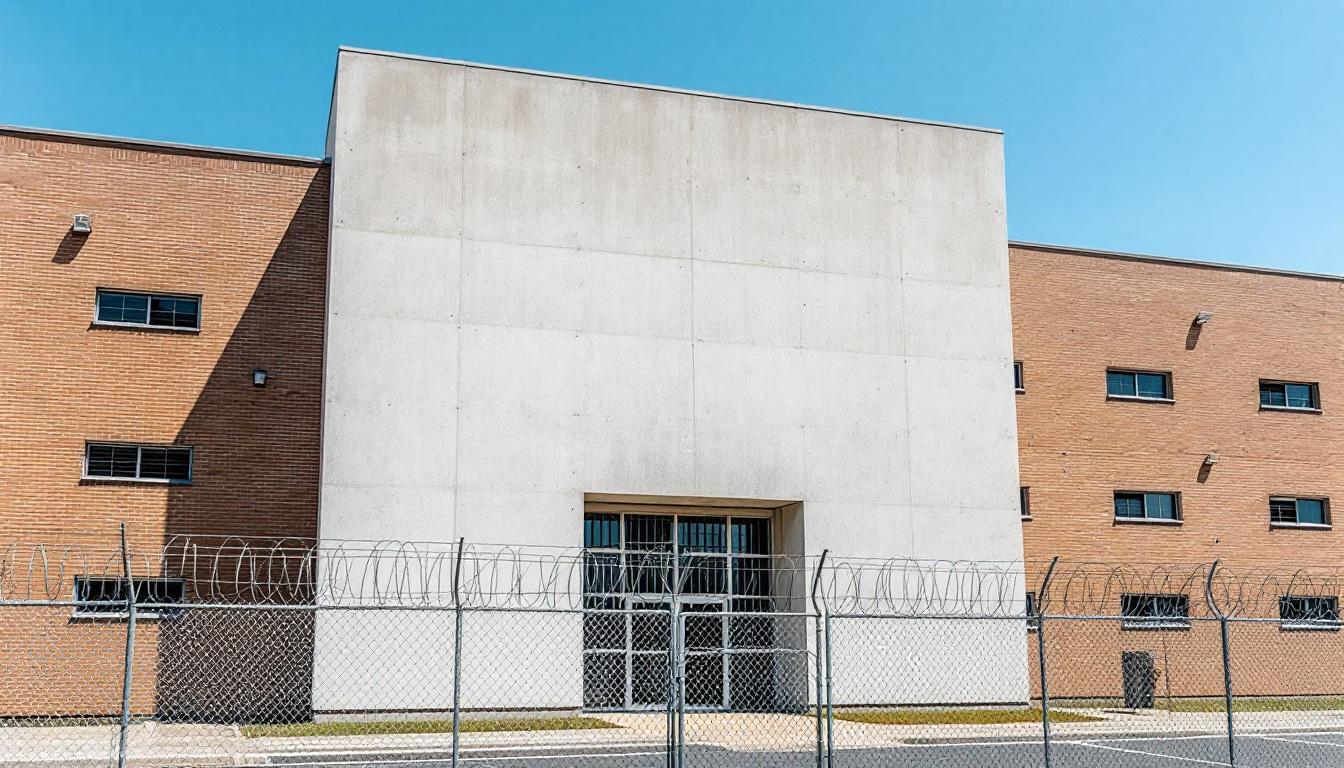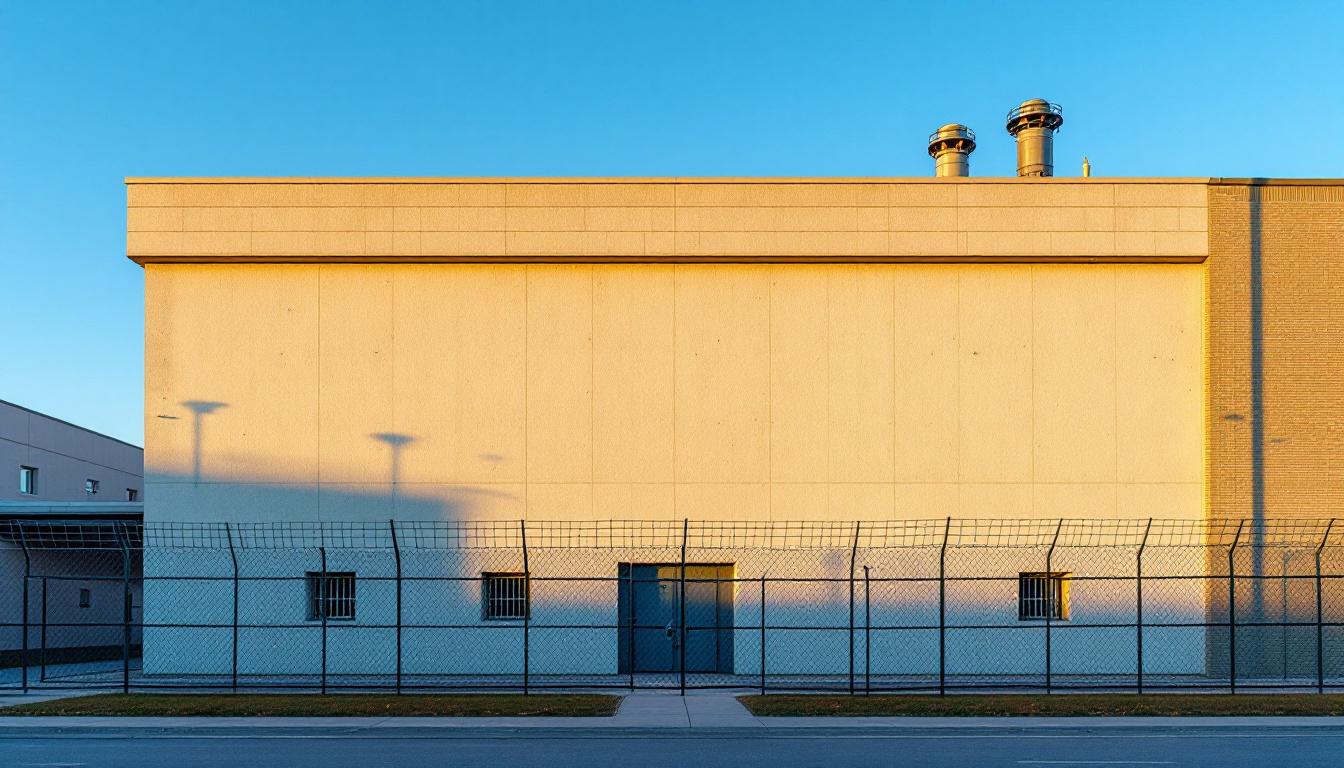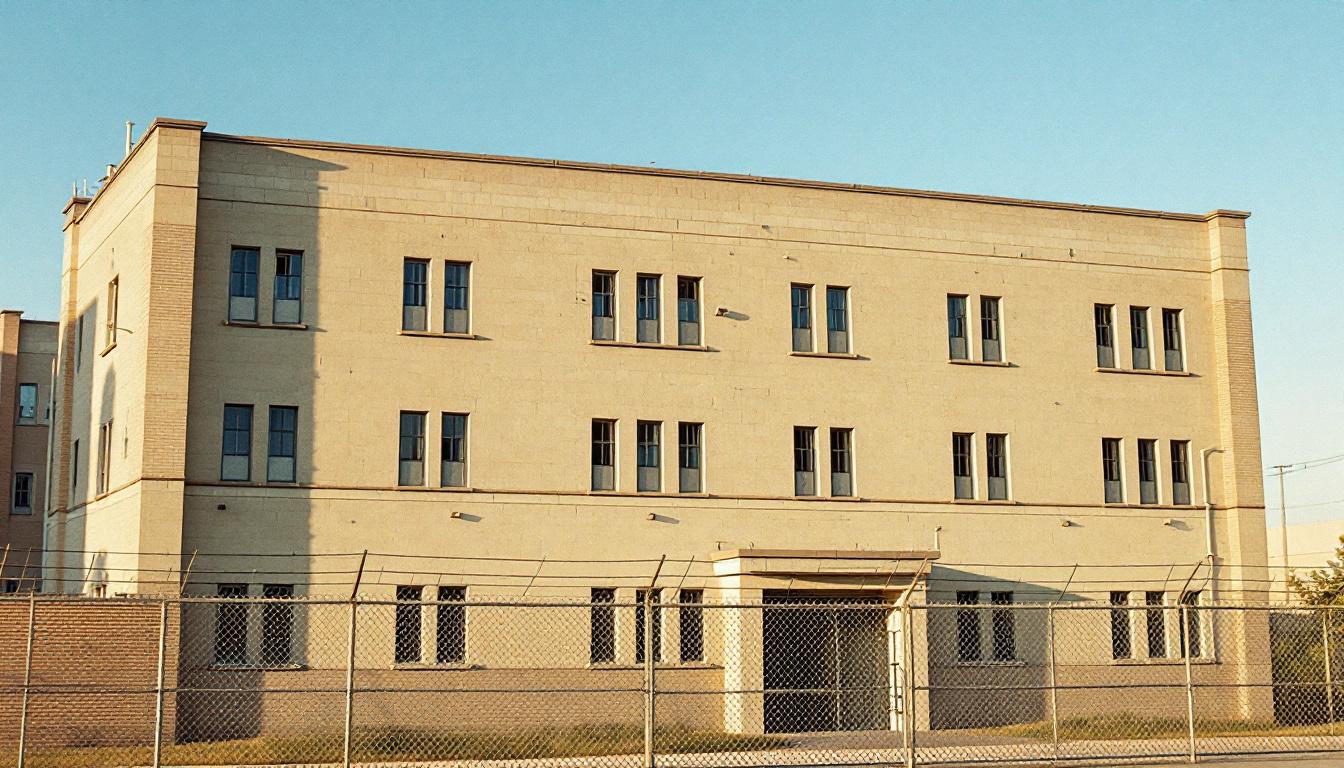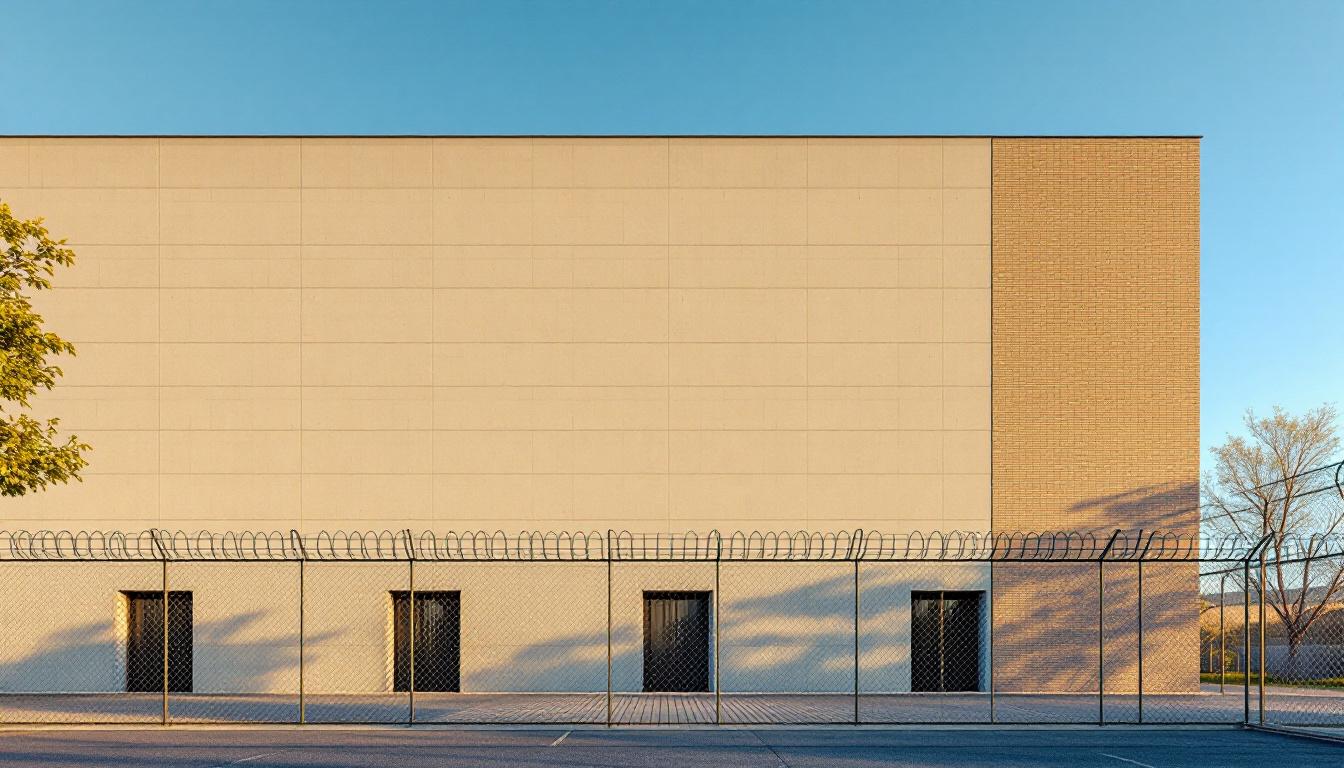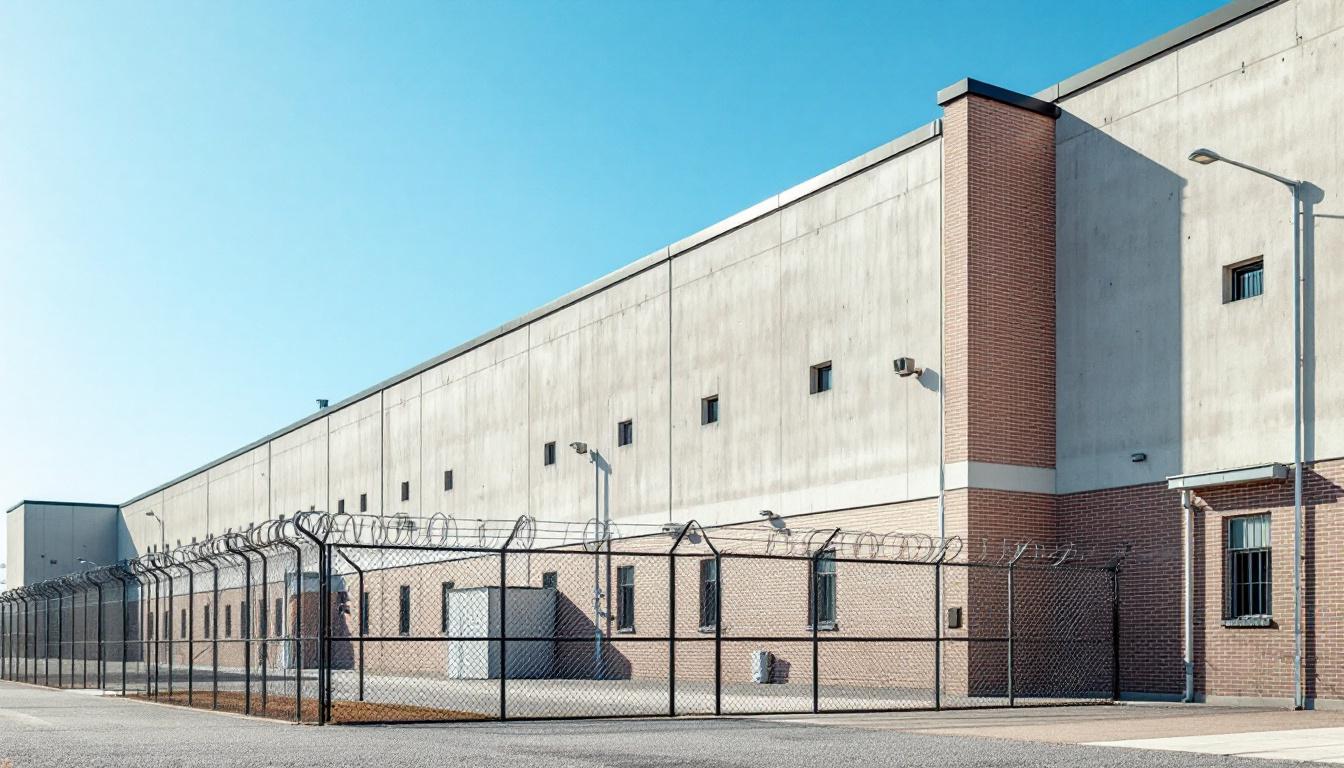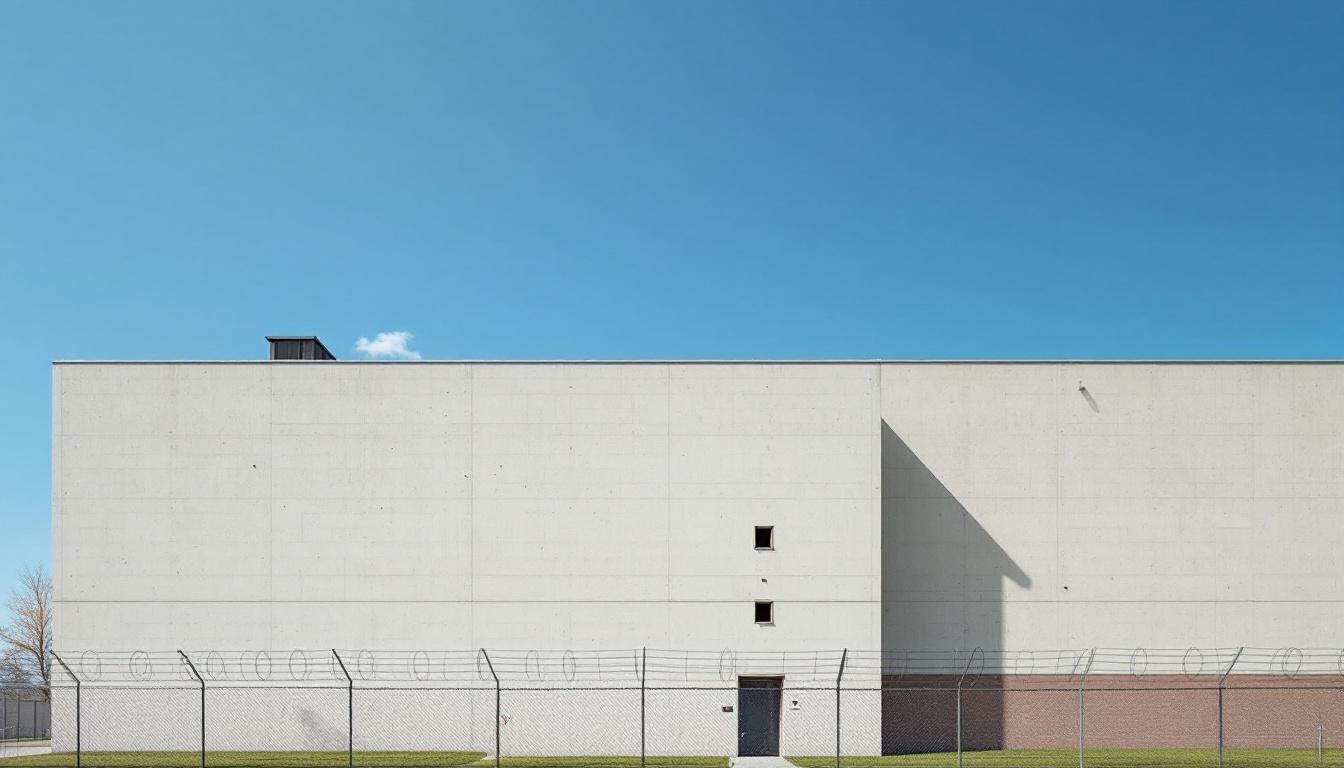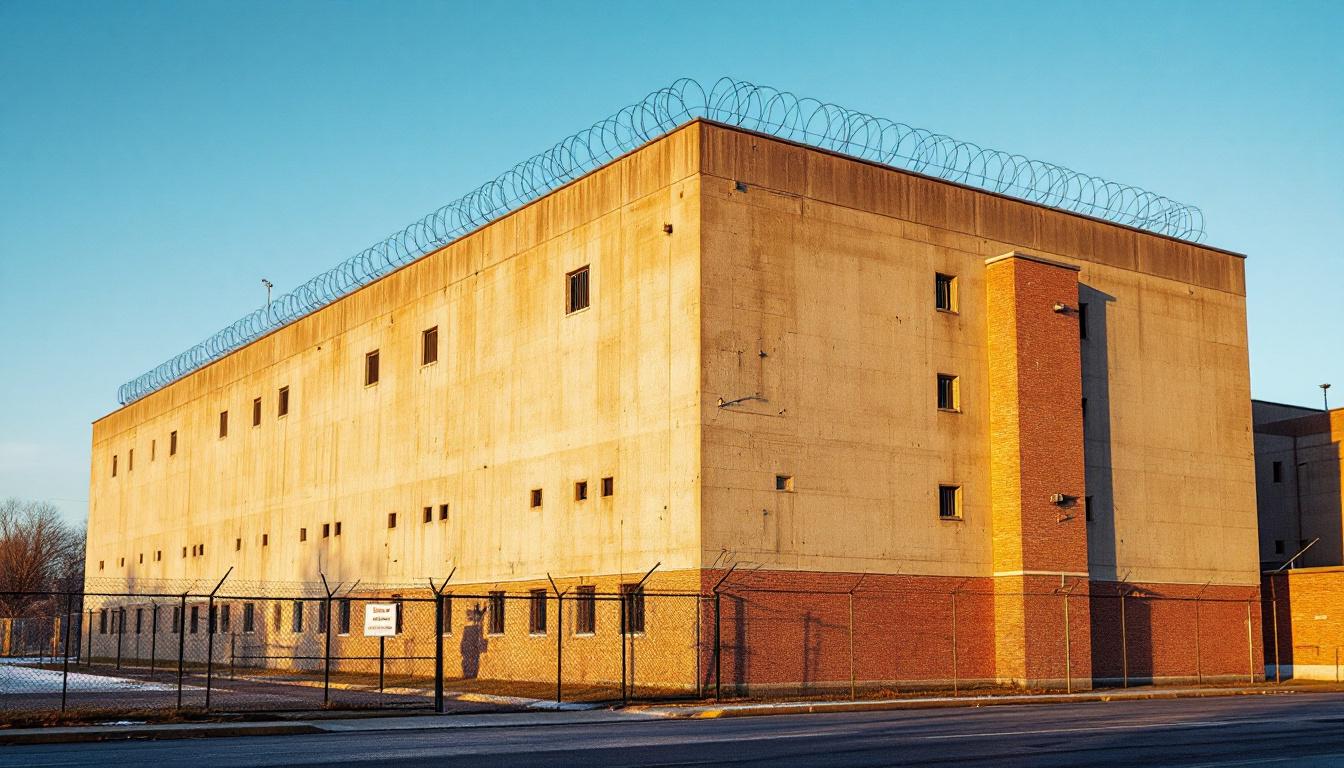
Quick Navigation
How to contact an inmate at Second Judicial District Department of Correctional Services
This comprehensive guide will walk you through how to connect with an inmate at Second Judicial District Department of Correctional Services. Follow the steps below to find an inmate and send letters and photos:
- Search for the inmate using our search tool below
- Create your account or log in to Penmate
- Write your message (up to 6,000 characters)
- Send instantly - inmates receive printed copies daily
Find an Inmate
Search for an inmate to start communicating today
Tip: You can search by first name, last name, or inmate ID number
To contact a person at Second Judicial District Department of Correctional Services start by searching for the person on the official facility website. Perform a search by following these steps:
- Step 1: Enter their first name and last name into the search form and click "Search"
- Step 2: Locate their inmate record
- Step 3: Write down their Inmate ID and any housing information provided
Important! Be sure to enter the person's full name. Nicknames should not be used.
How to Send Messages to Inmates

You can use your phone or computer to send emails, letters, and photos to an inmate. Messages are sent electronically to inmate tablets or kiosks at the facility. If you would like to send a message, start by searching for an inmate at Second Judicial District Department of Correctional Services.
Sending Photos and Postcards

A great way to send love and support to a loved one at Second Judicial District Department of Correctional Services is to send photos and postcards. It only takes a few minutes to send photos from your phone and it makes a huge difference. You can also mail postcards with words of support and inspiration, or design your own postcard for special moments like birthdays and holidays.
Important! Be sure not to send any explicit photos or they may not be approved by the facility. You can also use a photo printing app like Penmate to make sure your photos are printed at the correct size (4x6 or 3x5) and are mailed according to the rules and regulations of Second Judicial District Department of Correctional Services.
Frequently asked questions about Second Judicial District Department of Correctional Services
-
How long does it take to deliver a message?
If you're sending an email message your letter is usually delivered within 24-48 hours. For messages sent via mail you should expect delivery within 3-7 days. All messages will need be approved by Second Judicial District Department of Correctional Services.
-
How much does it cost to send a message to Second Judicial District Department of Correctional Services?
You can send a message free using your phone or mail a message via USPS for the price of a $0.60 stamp and envelope. You can also purchase credits or e-stamps from services starting at $1.99.
-
What services can I use to contact an inmate at Second Judicial District Department of Correctional Services?
Penmate
You can use Penmate to send letters and photos to an inmate from your phone. It's an easy way to stay in touch during your loved one's incarceration. Use the inmate locator to find an inmate's location and contact information, then you can send messages within a few minutes.
Securus messaging
Securus may be another option for communicating with an inmate at Second Judicial District Department of Correctional Services. You can create a friends and family account and purchase credits to send messages. All messages will be reviewed and must be approved by the facility.
JPay
Some county jails and state prisons may support sending messages with JPay. You must register an account with the system, find your loved one, and purchase stamps to send messages. For some locations you can also attach photos.
Smart Jail Mail
You may also check if Smart Jail Mail is available at Second Judicial District Department of Correctional Services. Smart Jail Mail is operated by Smart Communications and has contracted with some state and county jails. After purchasing credits, your messages and photos are sent to the facility, printed out, and then handed out to your loved one.
-
What is the mailing address of Second Judicial District Department of Correctional Services?
Mailing address:
Second Judicial District Department of Correctional Services
211 19th St SW
Mason City, IA 50401
Phone: (641) 424-0131Business hours:
- Monday: 8:00 AM – 4:30 PM
- Tuesday: 8:00 AM – 4:30 PM
- Wednesday: 8:00 AM – 4:30 PM
- Thursday: 8:00 AM – 4:30 PM
- Friday: 8:00 AM – 4:30 PM
- Saturday: Closed
- Sunday: Closed
-
What are the visiting hours at Second Judicial District Department of Correctional Services?
Visiting hours at Second Judicial District Department of Correctional Services vary by housing unit and security level. Generally, visits are scheduled on weekends and holidays, with some facilities offering weekday visits. Contact the facility directly at (641) 424-0131 or check their website for the current visiting schedule. Visits typically last 30-60 minutes and must be scheduled in advance.
-
What items are prohibited when sending mail to Second Judicial District Department of Correctional Services?
Prohibited items typically include: cash, personal checks, stamps, stickers, glitter, glue, tape, staples, paperclips, polaroid photos, musical or blank greeting cards, hardcover books, magazines with staples, and any items containing metal or electronics. Only send letters on plain white paper with blue or black ink. Photos must be printed on regular photo paper (no Polaroids). Always check with Second Judicial District Department of Correctional Services for their specific mail policies.
-
How do I send money to an inmate at Second Judicial District Department of Correctional Services?
You can send money to an inmate at Second Judicial District Department of Correctional Services through several methods: 1) Online using JPay, Access Corrections, or the facility's approved vendor, 2) Money orders mailed directly to the facility with the inmate's name and ID number, 3) Kiosks located in the facility lobby, or 4) Over the phone using a credit or debit card. Fees vary by method, typically ranging from $2.95 to $11.95 per transaction.
-
Can I schedule a video visit with an inmate at Second Judicial District Department of Correctional Services?
Many facilities now offer video visitation as an alternative to in-person visits. At Second Judicial District Department of Correctional Services, video visits may be available through services like Penmate, Securus Video Connect, GTL, or ICSolutions. Video visits typically cost $10-20 for 20-30 minutes and must be scheduled in advance. You'll need a computer or smartphone with a camera and reliable internet connection. Contact the facility for their specific video visitation policies and approved vendors.
-
What identification do I need to visit an inmate at Second Judicial District Department of Correctional Services?
All visitors must present valid government-issued photo identification such as a driver's license, state ID, passport, or military ID. Minors must be accompanied by a parent or legal guardian who can provide the minor's birth certificate. Some facilities require visitors to be on the inmate's approved visitation list, which may require a background check. Contact Second Judicial District Department of Correctional Services for specific ID requirements and visitor approval procedures.
-
How can I find out an inmate's release date?
To find an inmate's release date at Second Judicial District Department of Correctional Services, you can: 1) Use the online inmate search tool if available, 2) Call the facility's records department, 3) Contact the inmate's case manager or counselor, or 4) Have the inmate provide this information during a call or visit. For privacy reasons, some facilities only release this information to immediate family members.
Facility Overview
Contact Information
Second Judicial District Department of Correctional Services211 19th St SW
Mason City, IA 50401
Phone: (641) 424-0131
Official Website
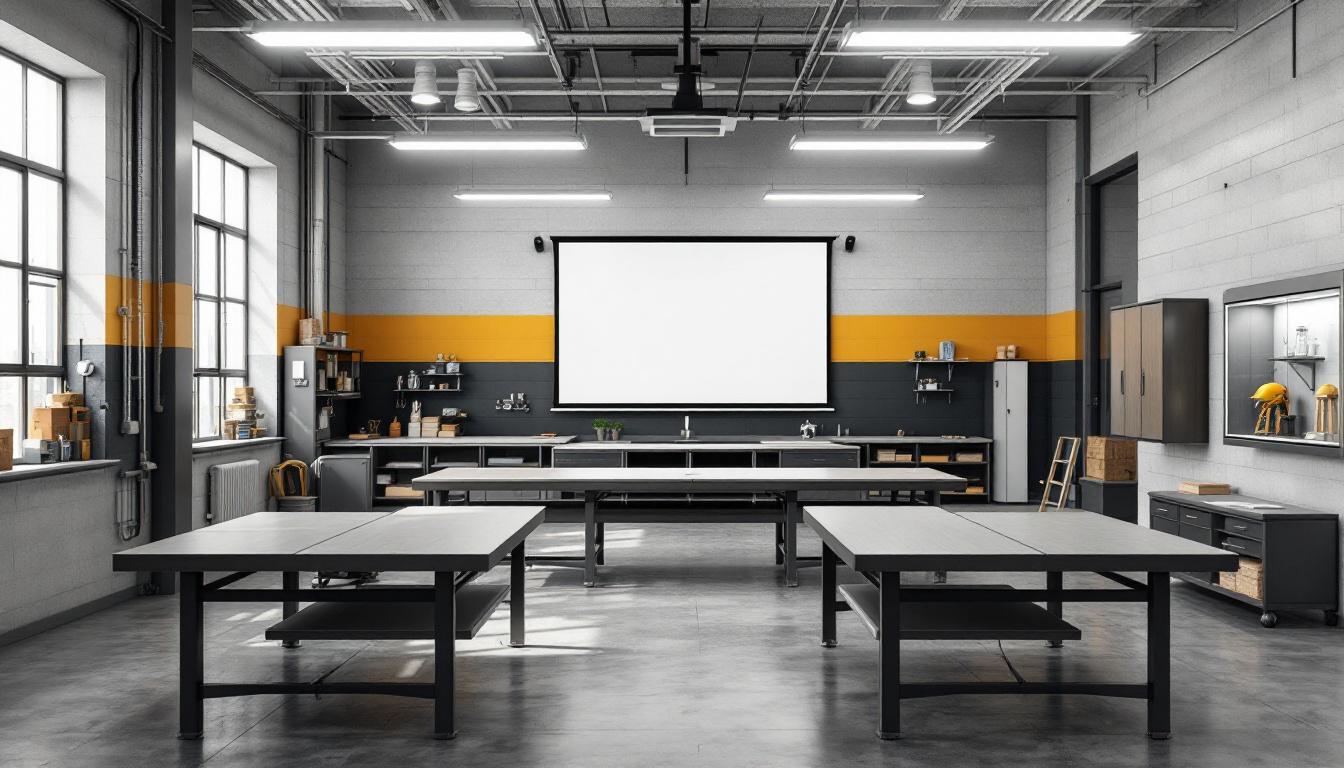
About Second Judicial District Department of Correctional Services
Correctional facilities across Iowa's judicial districts serve as critical components in the state's approach to public safety, with each institution designed to balance security needs alongside meaningful rehabilitation opportunities. The 2nd Judicial District facility operating in Ft. Dodge represents this philosophy, working within Iowa's broader correctional framework to address both immediate community safety concerns and long-term reintegration goals for individuals in custody.
Situated in this north-central Iowa community, the IA correctional facility typically emphasizes evidence-based programming that may include educational opportunities, vocational training, and behavioral intervention services. The operational approach generally focuses on preparing individuals for successful community reentry while maintaining appropriate security measures. Staff members often work to create structured environments where the population services extend beyond basic custody to encompass skill development and personal accountability programs that align with contemporary correctional best practices.
The facility's role within Ft. Dodge reflects the broader Midwest region's commitment to community-centered corrections, where local partnerships and family engagement often play important roles in the rehabilitation process. Through various programming initiatives that may include substance abuse treatment, mental health services, and work readiness preparation, the institution typically strives to reduce recidivism while supporting both public safety objectives and individual transformation. This comprehensive approach recognizes that effective corrections must address the underlying factors that contribute to criminal behavior while maintaining strong connections between individuals and their home communities throughout the correctional process.
Programs & Services
Through comprehensive programming designed to address individual needs, the population receives targeted support that focuses on successful community reintegration. The facility's approach emphasizes building practical skills while addressing underlying challenges that may have contributed to justice involvement. These programs typically operate on the principle that meaningful change occurs when individuals have access to education, vocational training, and therapeutic services that prepare them for productive lives after release.
Educational services form a cornerstone of the supportive programming, offering opportunities for the population to advance their academic credentials and develop essential life skills. HVAC certification programs provide hands-on technical training that may lead to stable employment opportunities upon reentry. In addition to this specialized training, job readiness programs often include resume writing, interview preparation, and workplace communication skills that help participants navigate the employment process successfully.
Mental health services deliver crucial therapeutic support, recognizing that addressing psychological and emotional needs is essential for long-term success. Vocational programs extend beyond traditional classroom settings to include practical experiences such as landscaping work, which may supply both skill development and a sense of accomplishment. These support services typically emphasize building confidence and self-sufficiency while maintaining connections to family and community networks that can provide ongoing stability during the reintegration process.
Daily Life & Visitation
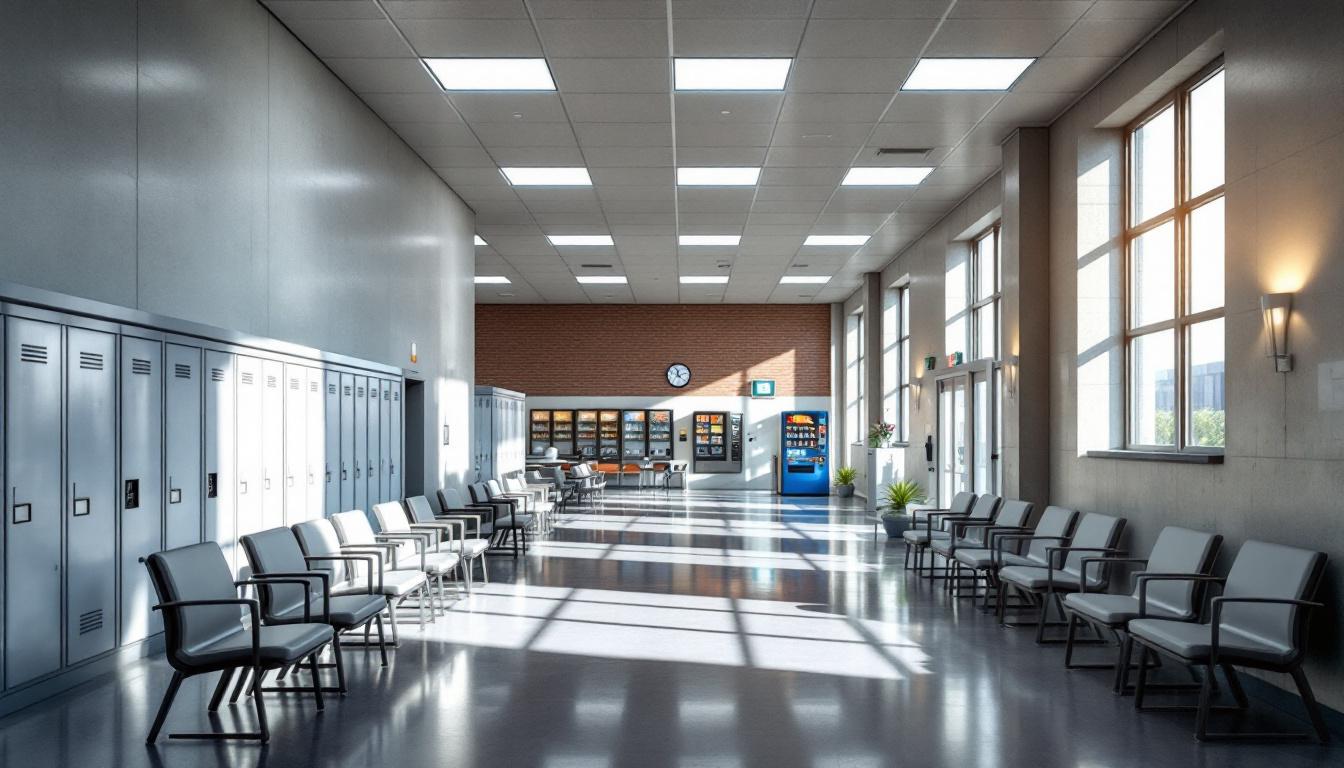
Structured scheduling systems currently shape every aspect of the experience for the population at the 2nd Judicial District facility, with established routines that continue to provide predictability throughout each day. The population typically begins with early morning counts and meal service, followed by work assignments or programming activities that supply essential structure. Housing units generally operate on coordinated schedules that allow for orderly movement between different areas of the facility.
Living accommodations usually consist of dormitory-style housing or individual cells, depending on classification levels and available space. The population typically shares common areas within their housing units, which may include day rooms with television access and tables for activities. In addition to this structured environment, meals are generally served at designated times in central dining areas, with the population rotating through in organized groups to maintain order and security.
Despite this regimented schedule, recreational opportunities often include access to exercise areas, television programming, and various activities that supply both physical and mental stimulation. The facility typically offers work assignments that may include kitchen duties, maintenance tasks, or facility cleaning responsibilities. Family connections continue through scheduled visitation periods and telephone access, which generally operates within established time frames. Programming schedules usually incorporate educational opportunities, counseling services, and other structured activities designed to support the population during their stay at the facility.
Ready to Connect?
Start communicating with your loved one today
Search for an Inmate
